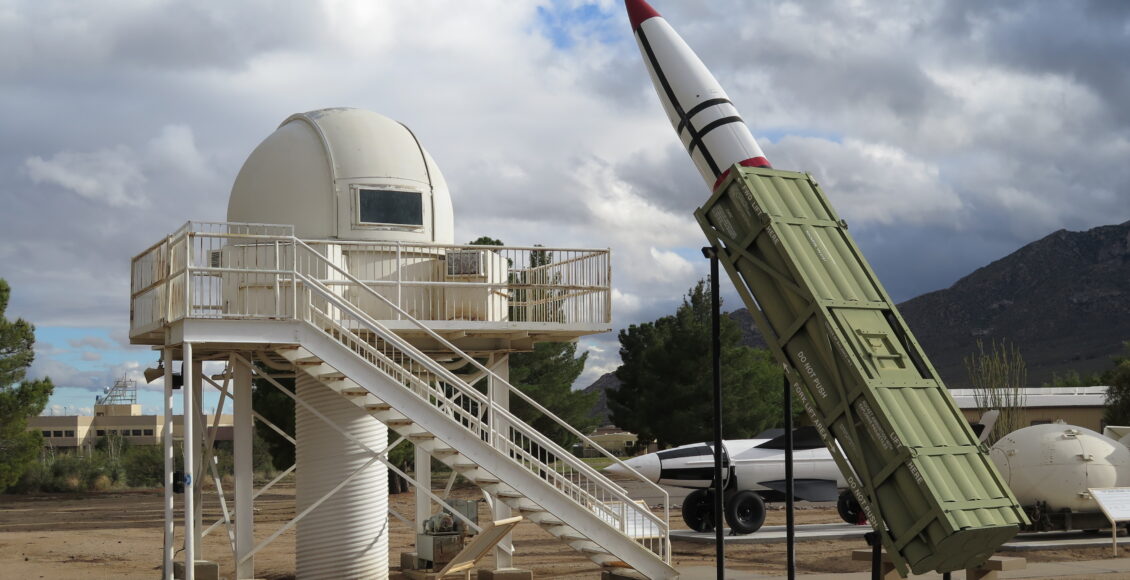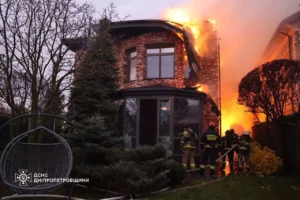Escalation and Uncertainty: The Ukraine War amid the U.S. Presidential Transition

The war in Ukraine, soon to enter its third year, has time and time again been subject to the foreign policy whims of Western leaders, providing a battlefield on which Russia and the West can vie for military and ideological dominance. In his remaining weeks in office, former President Joe Biden sought to secure a semblance of self-sufficiency for Ukraine. However, while such actions may have bolstered the Ukrainian military effort, their expedited and atypical nature motivated increasingly deadly military confrontations, unprecedented escalation, and heightened U.S.-Russia tensions. The election of Donald Trump and his arrival into office has furthered the conflict’s instability and upturned its trajectory. President Trump has promised to cut off the necessary military and financial aid that has been steadily received by Ukraine under Biden. Further, he has lanced ambiguous claims that he will end the war in a single day without offering an explanation for how such a feat will be achieved. Trump’s vague promises have created a climate of uncertainty around the future of the war, spurring a series of escalatory actions on behalf of both Russia and the U.S. that threaten to heighten the conflict to an unforeseen level of intensity.
The beginning of this chain of escalation can be traced back to November 2024, during which Biden made a decision that overhauled his previously cautious and reserved treatment of military aid to Ukraine. In what many saw as a response to Putin’s decision to bring in thousands of North Korean troops to assist Russian forces, Biden lifted restrictions that had previously prevented the Ukrainian military from using American Army Tactical Missile Systems (ATACMS) missiles against targets inside Russia. ATACMS missiles, with a range of 190 miles, allow Ukraine to mount destructive attacks and strike targets within Russian territory that have been unreachable. Trump has labeled this decision as “stupid” and a “big mistake”, stirring fears that he may reverse it, among other reductions in aid to Ukraine.

Biden’s approval of the use of these weapons has provided Ukraine with a new source of deterrence against Russian aggression. Despite uncertainty surrounding Trump’s vision for the Ukraine war, Putin shows no sign of stopping or slowing the war efforts. As attacks on key cities and energy grids continue, the ATACMS missiles present a key asset for Ukraine in discouraging Russian aggression. The last-minute permission underscores Biden’s desire to increase Ukraine’s material capabilities in the face of a likely reduction in aid upon Trump entering office. However, while Biden’s decision may have provided Ukraine with a vital source of military strength, it has also angered Russia. The use of such weapons has created a new avenue for retaliation, a platform for more aggressive military posturing, and has increased anti-Western sentiment.
Ukraine and the West were met with the consequences, both tangible and diplomatic, of Ukraine’s use of the ATACMS the week of November 18. On November 19, which marked the 1000th day of war in Ukraine, Putin approved updates to Russia’s nuclear doctrine. These updates changed the circumstances under which Russia could justify the use of such weapons. The new doctrine defines an attack from a non-nuclear state, backed by a nuclear power, as a joint assault on Russia. While this change was proposed in September, the timely date of its approval has allowed Putin to send a deterrent message to Biden. Ukraine’s use of the ATACMS missiles falls squarely into the doctrine’s redefined boundaries, stirring fears around the nature of possible retaliation. Further, escalation continued into the end of that week with Russia’s launch of its new Oreshnik missile on November 21, which left unparalleled destruction in Dnipro. According to Vladimir Putin, the Oreshnik, which can carry conventional or nuclear warheads, is a new intermediate-range missile, and there are “currently no ways of counteracting” it. Military experts and intel have revealed that the missile’s great speed is likely to allow it to prevail over most modern defense systems and avoid Ukrainian interception, whose systems have so far stopped around 80 per cent of Russian missiles.

Russia’s use of the Oreshnik missile, combined with the changes to its nuclear doctrine, underscore Moscow’s determination to counter Biden’s last-minute efforts to support Ukraine. Russia has taken advantage of the precariousness of the imminent transitory period in U.S. foreign policy. While president-elect Trump may not have a clear outline for an end to the war, defense experts believe that any proposed deal will likely freeze current front lines. Given that November 2024 marked Russia’s most successful month of the war, this could hypothetically give Moscow control of the 17.9 per cent of Ukrainian territory that it has claimed. Although this deal is speculative, its possibility only fuels further and risker Russian aggression as Moscow aims to secure as much territory as it can before Trump’s entrance into the White House.
Until November, former President Biden’s legacy regarding Ukraine seemed to be taking a restrained and prudent shape. The arrival of President Trump dissolved this reputation. Trump’s desire to upend U.S. policy on Ukraine induced a scramble to provide the Ukrainian military with stability and the power to keep their army afloat in unknown conditions. However, this belated policy reversal has only served to exponentially increase Russia-U.S. tensions and reveal the lack of durability of Biden’s foreign policy goals for Ukraine. Combined with the possibility of a Trump-led end to the war, Russia has taken advantage of these heightened tensions and uncertainties. Their confident use of the Oreshnik missile as well as the introduction of a nuclear dimension to the war make it difficult to tell if, or how, the Ukraine war will be transformed in the coming weeks. There is little telling what Trump’s approach to the war in Ukraine will take, but it is precisely this uncertainty that has triggered the conflict’s amplification and left lasting implications for U.S.-Russia diplomacy, the Ukrainian war effort, and international security.
Featured image: An Army Tactical Missile System (ATACMS), such as the ones Biden permitted Ukraine to use, shown here at the White Sands Missile Range Museum. “Army Tactical Missile System (ATACMS) and Contraves Electro Optical Tracking System, Model F (EOTS-F) Cinetheodolite” by Kelly Michals is licensed under CC BY-NC 2.0
Edited by Allison Dera
